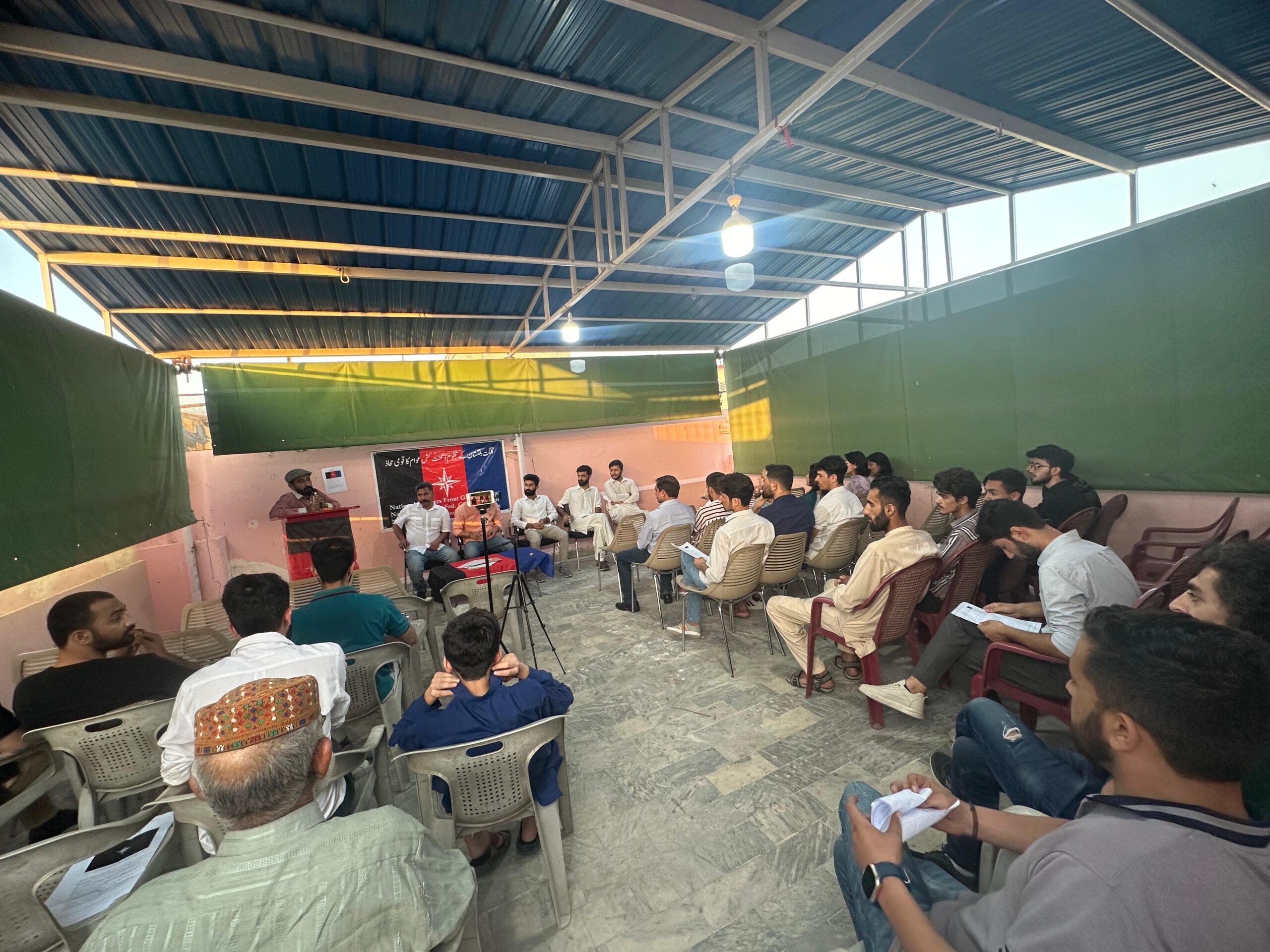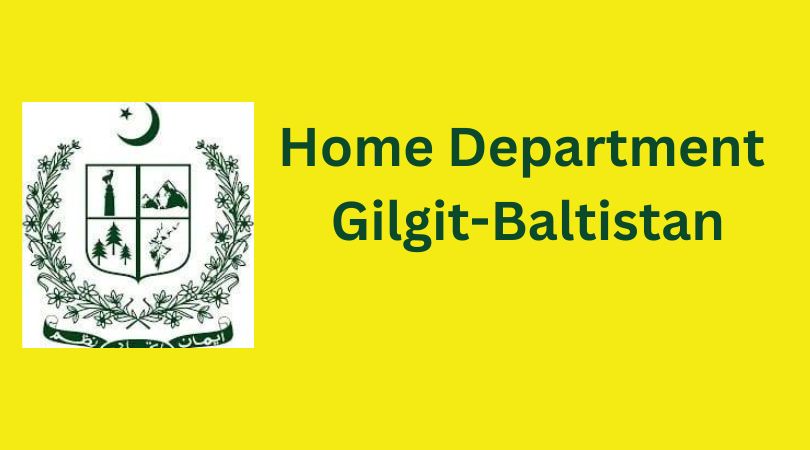This article is about the road transport system in Pakistan. Road network and its area-wise distribution will be discussed along with principal roads of Pakistan i.e. Highways, Expressways, Motorways, etc.
The concept ‘Road Transport’
The term ‘road transport’ refers to means of transport running on roads which we use for travel and carriage of goods from one place to another. They include motor vehicles like cars, buses, motorbikes, trucks, etc.
An efficient road transport system plays a central role in the promotion of trade and commerce within a country thus enhancing the national economy.
Road Transport in Pakistan
Road transport is the largest mode of transport used in Pakistan. Its share in total freight transport is estimated to be more than 50% whereas it carries 80% of total passenger traffic in the country.
Density and status of Roads
The existing network of roads is not sufficient enough to cater to the overall needs of passenger and freight transport. According to 1998-99 estimates, the total network of roads was about 181,836 km more than half of which was not metaled.
One cannot be satisfied with the current status of transport facilities. The progress in the transport system as per the needs of the increasing population is dismal. It is high time to increase the density and quality of roads as a prerequisite for economic development.
Roads in Gilgit-Baltistan and Chitral
In northern mountainous areas of Gilgit-Baltistan and Chitral, road transport is limited. There are few roads that connect places like Chitral, Gilgit, Ghizer, Hunza, Skardu, Astore, etc. with the rest of the country.
The main road connecting Pakistan with Gilgit-Baltistan and China is Karakoram Highway which was completed in 1978.
Road network in Balochistan and KPK
Balochistan and KPK also have a limited number of roads. The reason for this low density is (a) they are rugged landscape and mountains making it difficult to construct roads (b) the neglect on part of the government.
The recent years have witnessed the completion of the dualization of a number of roads in Khyber Pakhtunkhwa (KPK) with a total length of 107 km. In addition to that, a number of roads with a total width of 67.5 km are under the process of dualization. Despite this recent development, the government needs to do a lot more to meet the transportation needs of people.
Road Network in Punjab and Sindh
The density of the road network is highest in the Indus plain spread in Punjab followed by lower plains in Sindh. These roads mostly run along both sides of the Indus connecting cities like Karachi, Hyderabad, Lahore, and Peshawar. National Highway starts from Karachi and ends in Lahore, the capital of Punjab.
Major roads of Pakistan
Major roads e.g. highways and motorways are depicted in the table given below;
Highways |
Motorways |
The National Highway.stretches for 1260 km from Karachi through Lahore, Peshawar to Turkham at the Pakistan-Afghanistan border. |
Islamabad to Lahore MotorwayLength: 339 km completed: November 1997
|
Karakoram Highwaystretches 1300 km from Punjab to Khunjrab Pass in Gilgit-Baltistan. |
|
The Indus Highwaystretches for 1204 km from Karachi through Kotri, Dadu, Larkana, Shikarpur, D.I.Khan to Peshawar. |
Islamabad to Peshawar MotorwayLength: 155km completed in 2007
|
The RCD HighwayStretches over 600 km, from Karachi through Hab Chowki, Lasbela, Khuzdar to Quetta. |
|
| Sukkur –Quetta Highway
Stretches for 65km. From Sukkur through Shikarpur, to Quetta. |
Pindi Bhatian to Faisalabad MotorwayLength: 52km |
Lahore – QuettaFrom Lahore through Faisalabad, D.I.Khan, Derjat in KPK, Zhob to Quetta. |
|
Makran Coastal HighwayStretches for 653 km from Karachi to Gwadar along Pakistan’s seacoast. |
Karachi Hyderabad Motorwaylength: 135km Completed in 2018 |
Who looks after Highways in Pakistan?
National Highway Authority is a national institution responsible for the maintenance and construction of National Highways in Pakistan.











